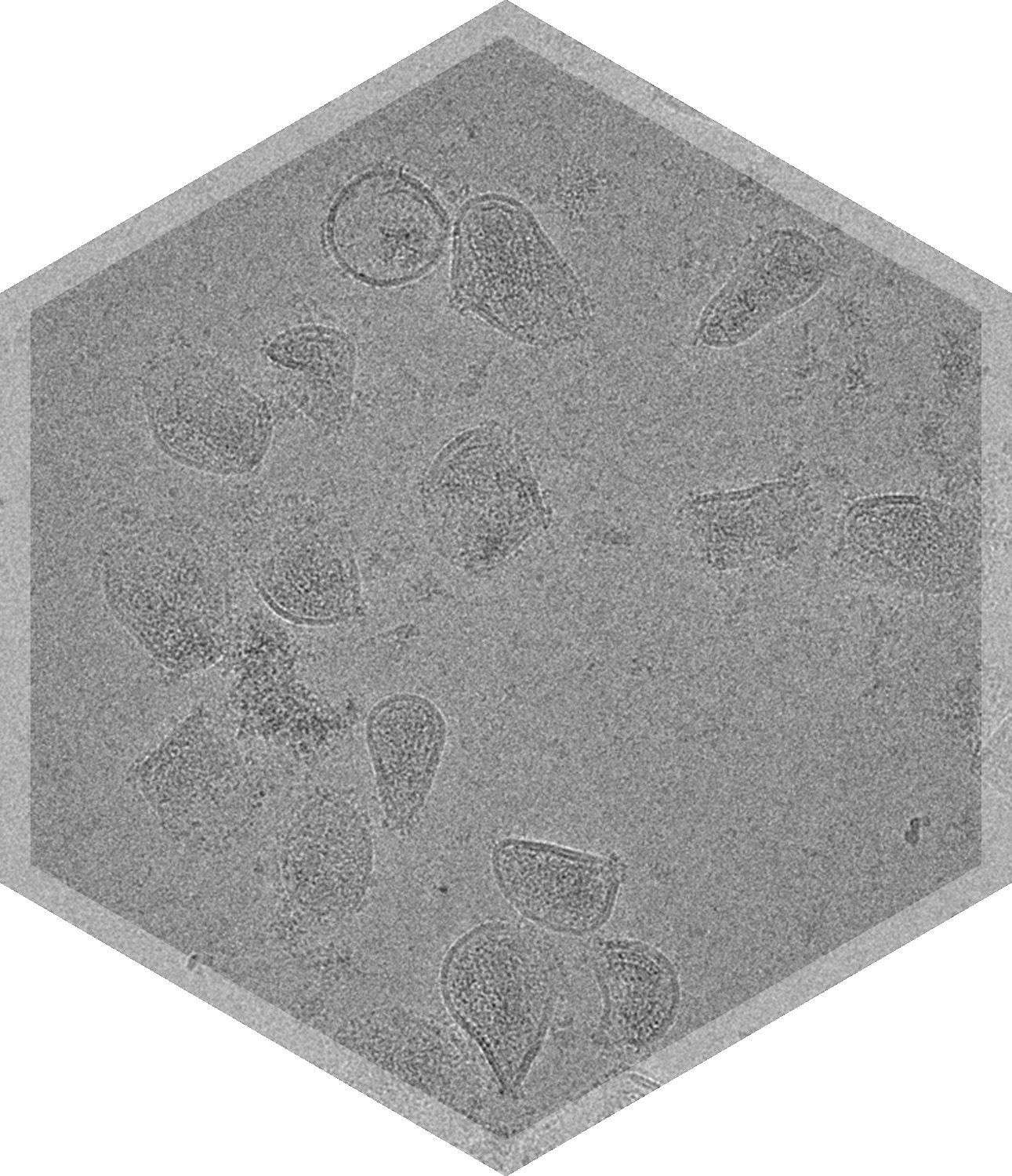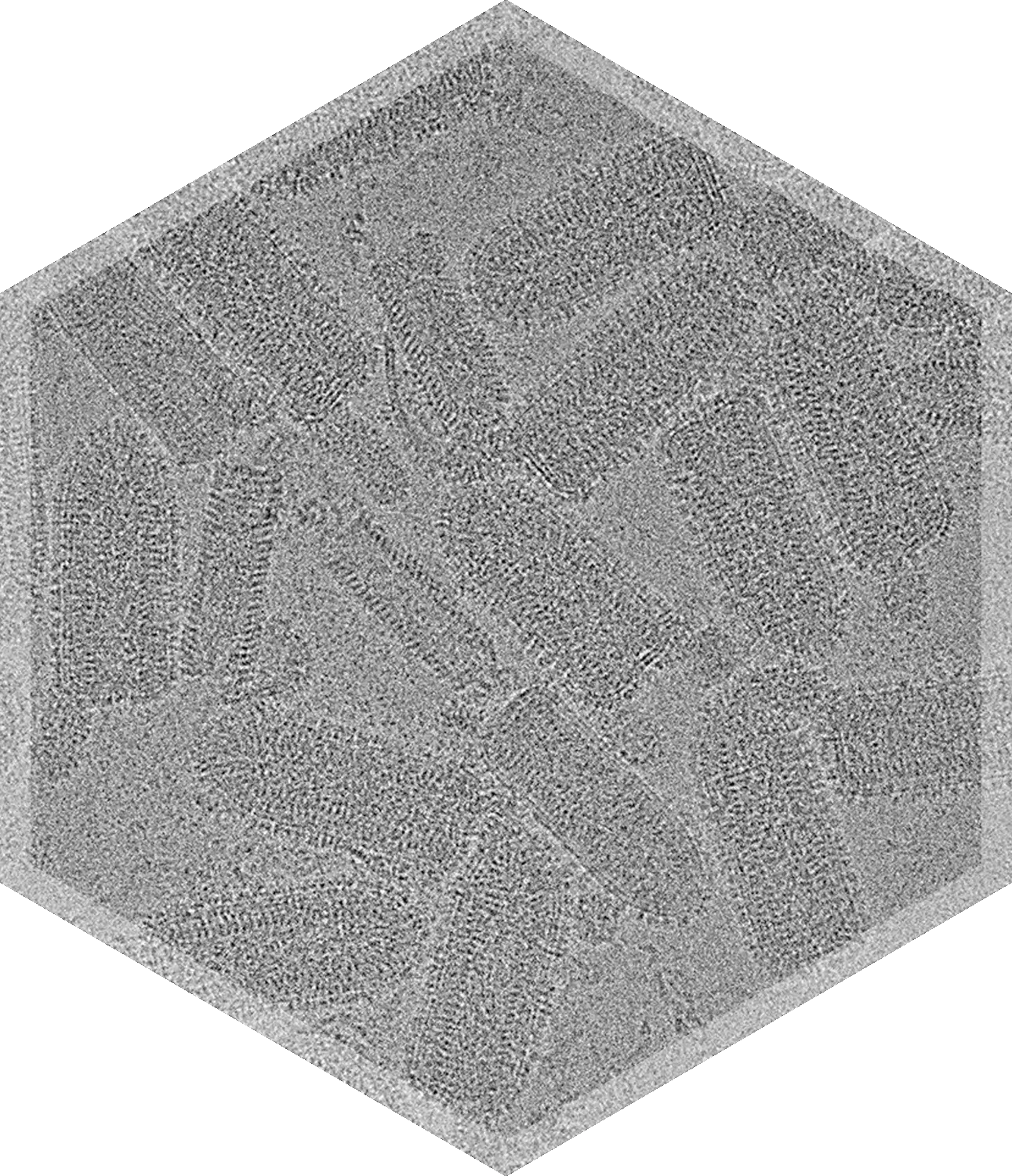A Picture is Worth 1,000 Words
Cryogenic Transmission Electron Microscopy (Cryo-TEM) is an essential tool for nanoparticle characterization, offering both quantitative and qualitative insights into your formulation in a single study, with only ~50μl of sample.
Cryo-TEM imaging uncovers critical quality attributes (CQAs) that other techniques may overlook, providing a deeper understanding of your nanoparticles.
One Study, Multiple Answers
Cryo-TEM imaging & automated analysis reveals CQAs including:
- Particle size distribution
- Drug & payload encapsulation & distribution
- Morphology; including shape, circularity, lamellarity, & blebbing
- Sample integrity & impurities

Nanoparticles we Can Perform Cryo-TEM Imaging On

- Adeno-Associated Virus (AAV)
- Adeno-Associated Virus (AAV)

- Adenovirus
- Adenovirus

- Bacteriophage
- Bacteriophage

- Extracellular Vesicles & Exosomes
- Extracellular Vesicles & Exosomes

- Gold Nanoparticles
- Gold Nanoparticles

- Human Papillomavirus (HPV)
- Human Papillomavirus (HPV)

- Iron Nanoparticles
- Iron Nanoparticles

- Lentivirus
- Lentivirus

- Lipid Nanoparticles (LNPs), with mRNA, RNA, DNA payloads
- Lipid Nanoparticles (LNPs), with mRNA, RNA, DNA payloads

- Liposomes
- Liposomes

- Micelles
- Micelles

- Other Nanoparticle Samples
- Other Nanoparticle Samples

- Polymeric Nanoparticles
- Polymeric Nanoparticles

- Protein Based Nanoparticles
- Protein Based Nanoparticles

- Two Component Systems
- Two Component Systems

- Vesicular Stomatitis Virus (VSV)
- Vesicular Stomatitis Virus (VSV)

Expertly-Performed Cryo-TEM Provides the Whole Picture, Earlier
Therapeutic nanoparticles used in drug formulation & development, vaccine design and development, and gene therapy delivery are complex, and vary in composition, shape, and size. As structure can change under stress, characterization of nanoparticles’ physicochemical properties is required to understand how they interact with their environment and can provide insight into the potential safety and efficacy of the final formulation. Nanoparticle size, shape, lamellarity and morphology (such as visualizing bleb formulation, or seeing if your lipid nanoparticle (LNP) is unilamellar or multilamellar) affect drug incorporation, stability, and release, which in turn affect cell toxicity, targeting, and therapeutic efficacy. In addition, the study of drug cargo encapsulation (full/empty liposomes, lipid nanoparticles, or capsids) when looking at gene or drug delivery systems is crucial, as the presence of many empty particles or impurities (or non-intact capsid for virus-like particles (VLPs) or adeno-associated viruses (AAVs)) affects immunogenic response. Cryo-TEM can also help evaluate the influence of storage conditions (pH, temperature, and time) on nanoparticle morphology.
Cryo-TEM nanoparticle characterization is an essential technique for evaluating the Critical Quality Attributes (CQAs) of your formulation as it provides important structural details on a per-particle basis that cannot be captured by other methods, quickly visualizing individual nanoparticles in the size range of ~5-500 nm.
Cryo-TEM can unveil many aspects of a sample simultaneously, in a single image (for example particle size distribution, drug encapsulation, shape, morphology, impurities, and integrity), all with a tiny amount of sample. This makes cryo-TEM a powerful orthogonal technique to complement your characterization toolkit. Where a sample contains multiple particle types, for example in vaccine drug products, cryo-TEM outperforms. Similarly, when a sample needs to be analyzed at a concentration similar to drug preparation for IV administration, cryo-TEM is the solution, as it can handle relatively low sample concentrations.
Access the power of cryo-TEM through NIS to get a more in-depth view earlier, fast-tracking your therapeutic development.











